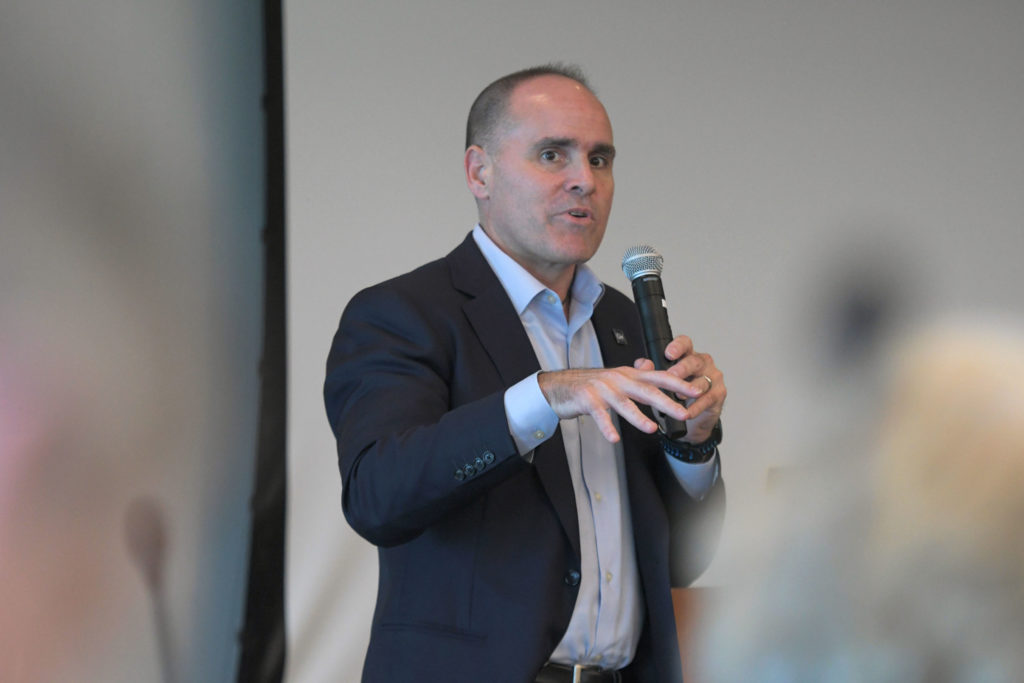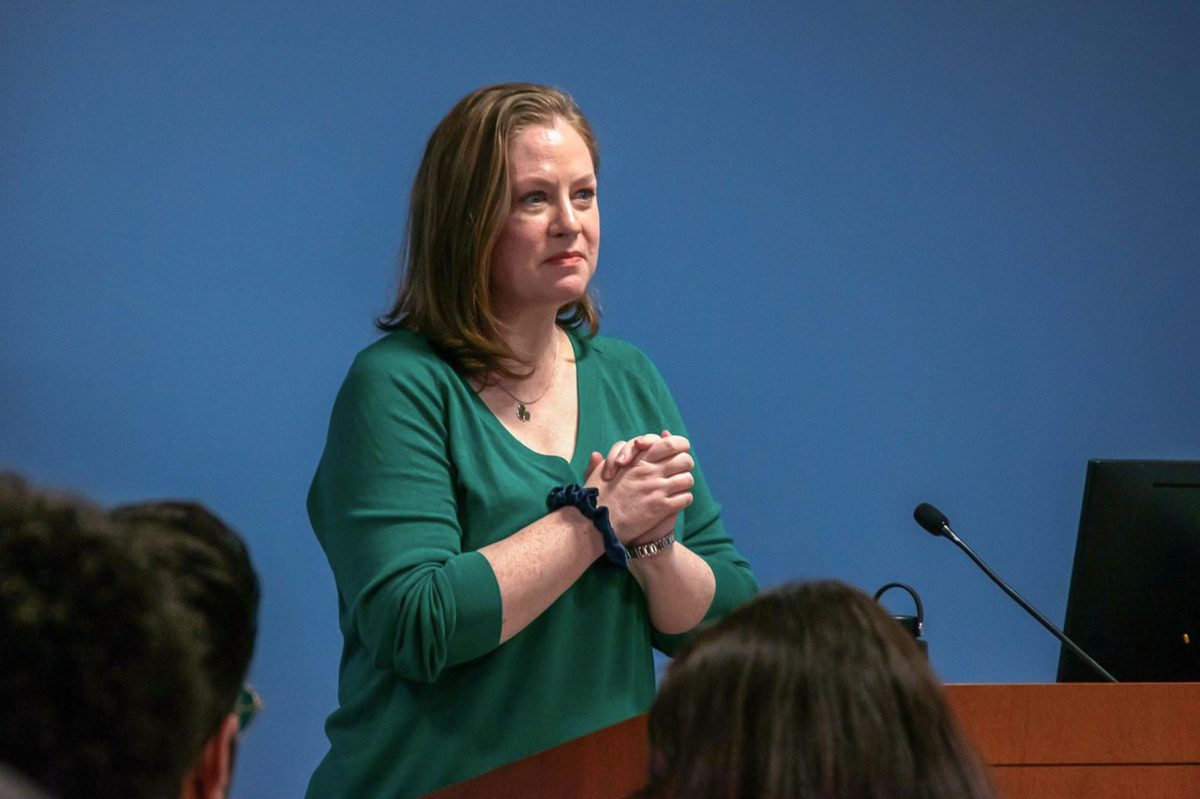Officials will eliminate fees for students requesting electronic transcripts and extend the timeline for tuition refunds as part of larger efforts to reduce buried costs of attending GW.
Provost Brian Blake and Chief Financial Officer Mark Diaz said in an interview Wednesday that the changes came as a result of Student Association advocacy about buried fees regularly incurred by students. Administrators will eliminate the existing $8 electronic transcript fee while reducing the printed transcript fee with delivery to domestic addresses from $11 to $8, effective Dec. 21.
“I’ve had an interest to really disrupt this whole transactional culture at GW and what type of burden it places on students,” Diaz said. “It’s been referred to in many various and sundry ways – ‘nickel and diming’ – by everyone to describe it.”
Officials reduced laundry, printing and rental room fees last year to increase GW’s affordability.
Students can opt to expedite transcript shipping at an additional cost, according to the transcript request form.
Officials will also change GW’s tuition refund policy, effective next semester, to provide full refunds to students who change their course load during the first two weeks of the add/drop period in each semester. Students who withdraw from a course during the third, fourth and fifth weeks of class will receive partial refunds, the Office of the Registrar’s website states.
Administrators previously provided refunds for courses dropped prior to the start of the semester and only offered partial refunds if students made changes during the first four weeks of fall or spring classes, the website states.
Diaz said the changes will cost GW less than $1 million per year.
“But that’s a number that I’m not really interested in,” he said. “And you might think, ‘Well, it’s a number, and it has an implication,’ but the other side, I think, has more implications to the student experience.”
The Board of Trustees approved in February a simplified housing rate model, which reduced the number of price brackets from 17 to five. Diaz said he hopes to streamline the model even further to only use three different brackets.
“A lot of things that we’re also doing is aligning our rate structure with the market, so the upperclassmen don’t feel like they have better choices outside of the campus,” Diaz said.
Blake said obtaining transcripts should be “readily available” to all students as part of GW’s career services.
“If we’re doing our job right, students place extremely well – and that just happens at GW,” Blake said. “But we can’t put any barriers in your way. The transcript fees were pretty buried.”
He added that the issue has become more pressing as students look to manage their stress levels and mental health during the COVID-19 pandemic.
“Anything we do to ameliorate any stress or concerns about registration I think is just helpful through the pandemic,” Blake said.








